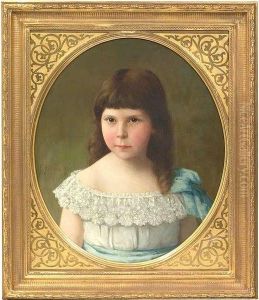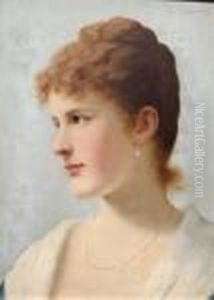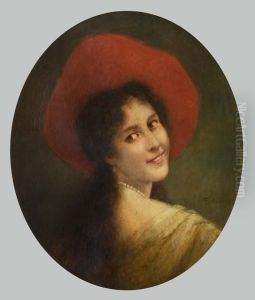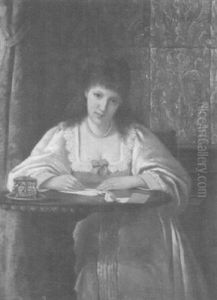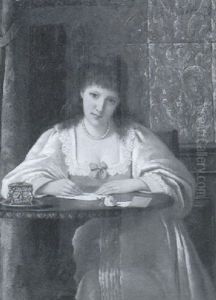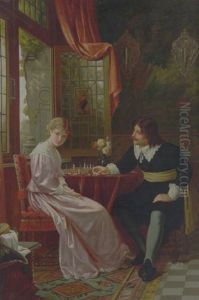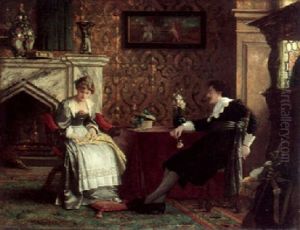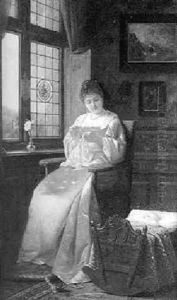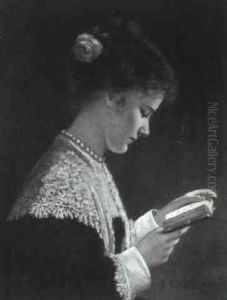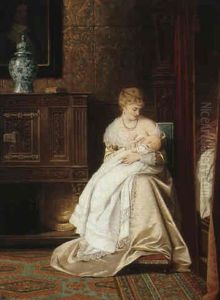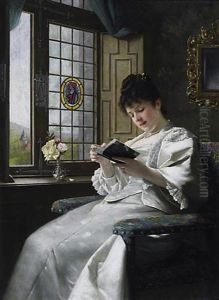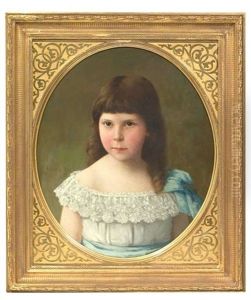Ernst Anders Paintings
Ernst Anders was a German portrait painter whose work is recognized for its depth of character portrayal and its meticulous attention to detail. Born on October 4, 1845, in Braunschweig, Germany, Anders developed an early interest in art, which was supported by his family. He pursued his passion for painting by studying at the Düsseldorf Academy of Arts, where he was influenced by the Düsseldorf school of painting, known for its detailed landscape and genre paintings.
During his time at the academy, Anders was particularly drawn to portrait painting, finding fascination in capturing the essence of an individual's character through his art. After completing his studies, he traveled across Europe, including stays in Italy and France, which broadened his artistic influences and honed his skills in portrait artistry.
Anders established himself as a portrait painter in Germany, gaining recognition for his ability to capture not just the likeness but the personality and inner life of his subjects. His portraits were known for their realism, emotional depth, and attention to the nuances of facial expression and gaze, making each of his works deeply individual and expressive.
Throughout his career, Ernst Anders remained committed to the traditional techniques of painting, even as the art world around him began to shift towards modernism and abstract expression. Despite this, his work continued to be highly regarded for its technical excellence and emotional resonance.
Anders' contributions to German art were celebrated during his lifetime, and he was awarded several honors for his work. He continued to paint until his death on November 15, 1911, leaving behind a legacy of portraits that continue to be admired for their insight into human nature and their mastery of the painter's craft. His works are preserved in various art collections and museums, serving as a testament to his skill and dedication to the art of portraiture.
